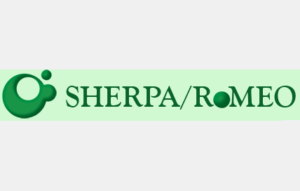REPLACEMENT VALUE OF MAIZE WITH SWEET POTATO (Ipomoea batatas) WASTE MEAL SUPPLEMENTED WITH RONOXYZE ON BROILER STARTER CHICKS PERFORMANCE
This study assesses the economic implications of replacing maize with sweet potato waste meal, supplemented with Ronozyme in broiler starter diets. A total of 150 agrited strain broilers were sourced from a reputable farm in Umuahia, Abia State, and subjected to five experimental diets, each evaluated for proximate composition, anti-nutrient content, and performance metrics. Parameters examined included daily feed intake, body weight gain, final live weight, weekly body weight gain, feed conversion ratio, and mortality, alongside trails such as live body weight, dressed weight, defeathered weight, percentage dressed weight, and various organ weights. The study reveals that daily feed cost, total feed cost, and cost per kilogram of weight gain exhibited no significant differences (P<0.05) among the diets. However, the cost per kilogram of feed differed significantly, with diets 4 and 5 showing lower values compared to diets 1. 2. and 3. Analysis of fresh and sun-dried sweet potato waste meal indicated no significant differences (P<0.05) in tannin, saponin, alkaloid, oxalate, phytate and flavonoid content between the two forms. Furthermore, the moisture content of rotten potatoes w’as notably higher (7.77%) compared to fresh potatoes (62.82%). which had higher dry matter (37.18%). Rotten potatoes also exhibited higher ash content (12.84%) compared to fresh potatoes (1.77%). Tannin and saponin content in sweet potato waste meal remained consistent between fresh and sun-dried forms, while alkaloid content showed slight variation. Phytate content, however, significantly differed, with fresh sweet potato waste meal containing 0.07 mg/g and the sun-dried form having a higher content of 0.47 mg/g. The study’s conclusion suggests that substituting maize with sweet potato waste meal, supplemented with Ronozyme in broiler diets is economically viable, as it does not significantly impact daily feed cost, total feed cost, and cost per kilogram of weight gain. Based on the findings the study recommends that adopting diets incorporating sweet potato waste meal (particularly diets 4 and 5) while accounting for variations in the cost per kilogram of feed for optimal economic benefits in broiler production.
Keywords: Replacement, maize, sweet potato waste meal, Ronozyme, Broiler starter chicks, performance




















